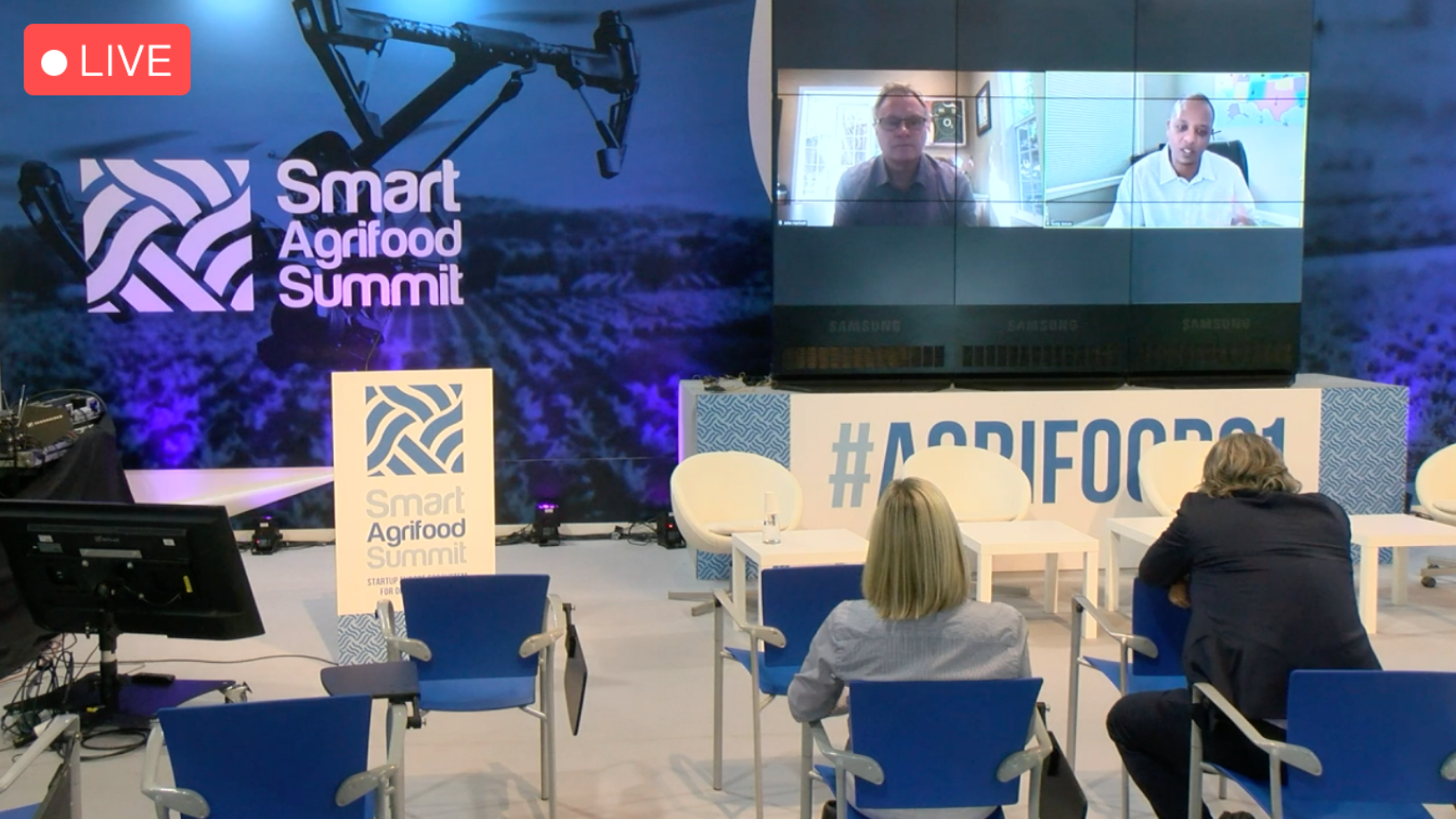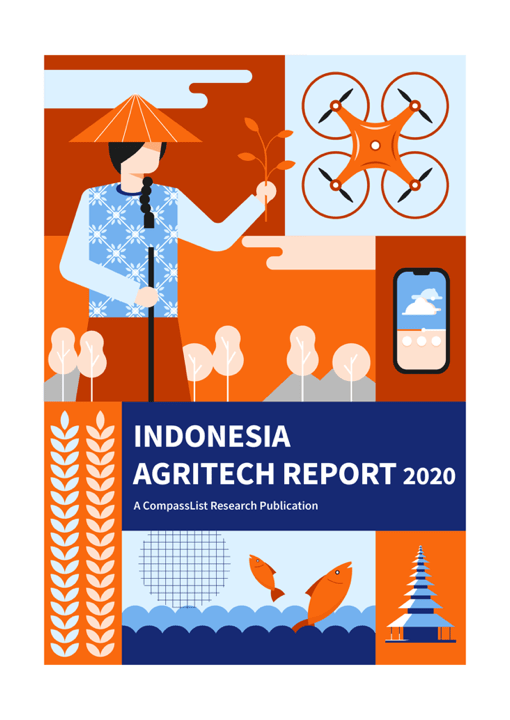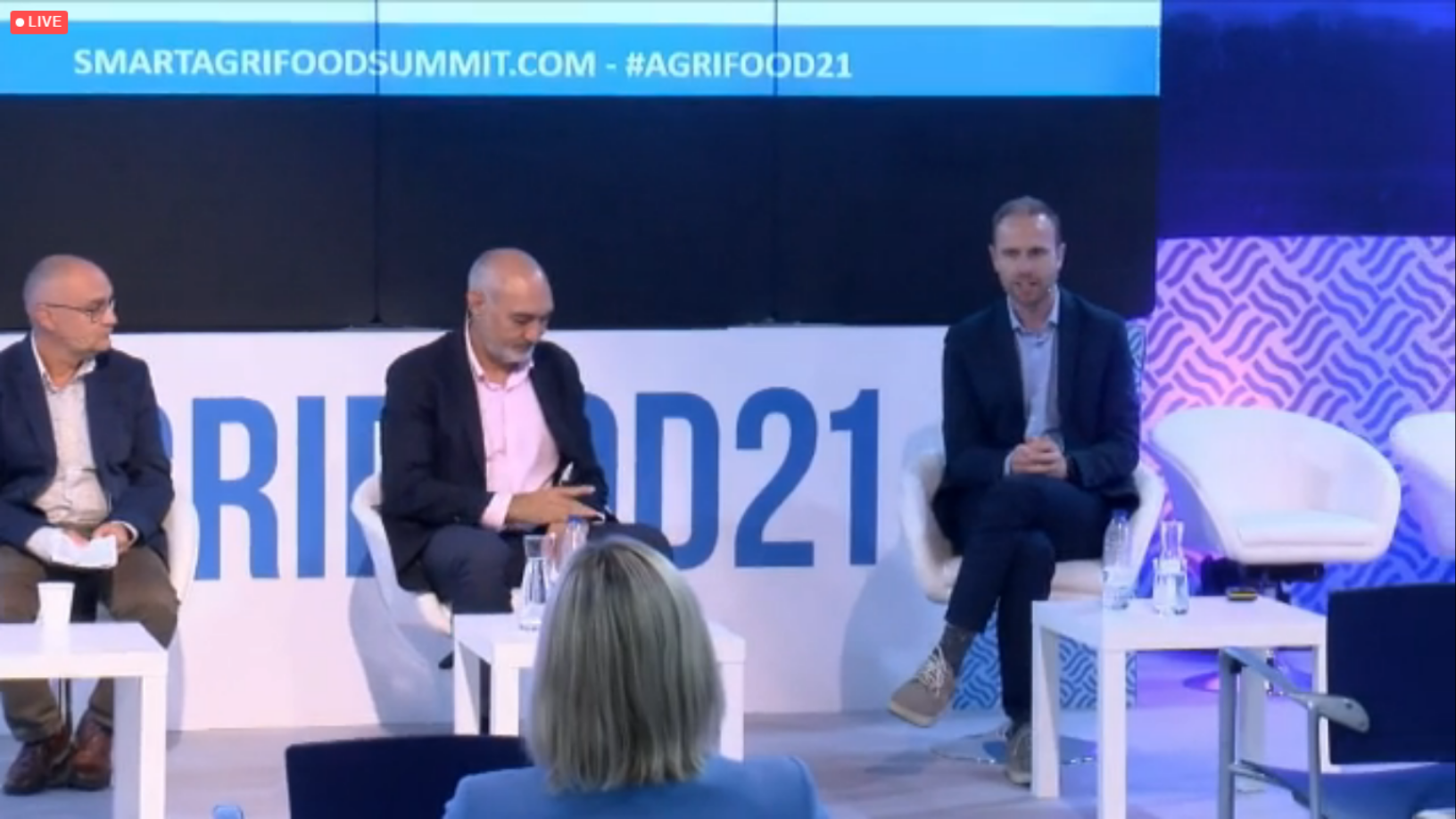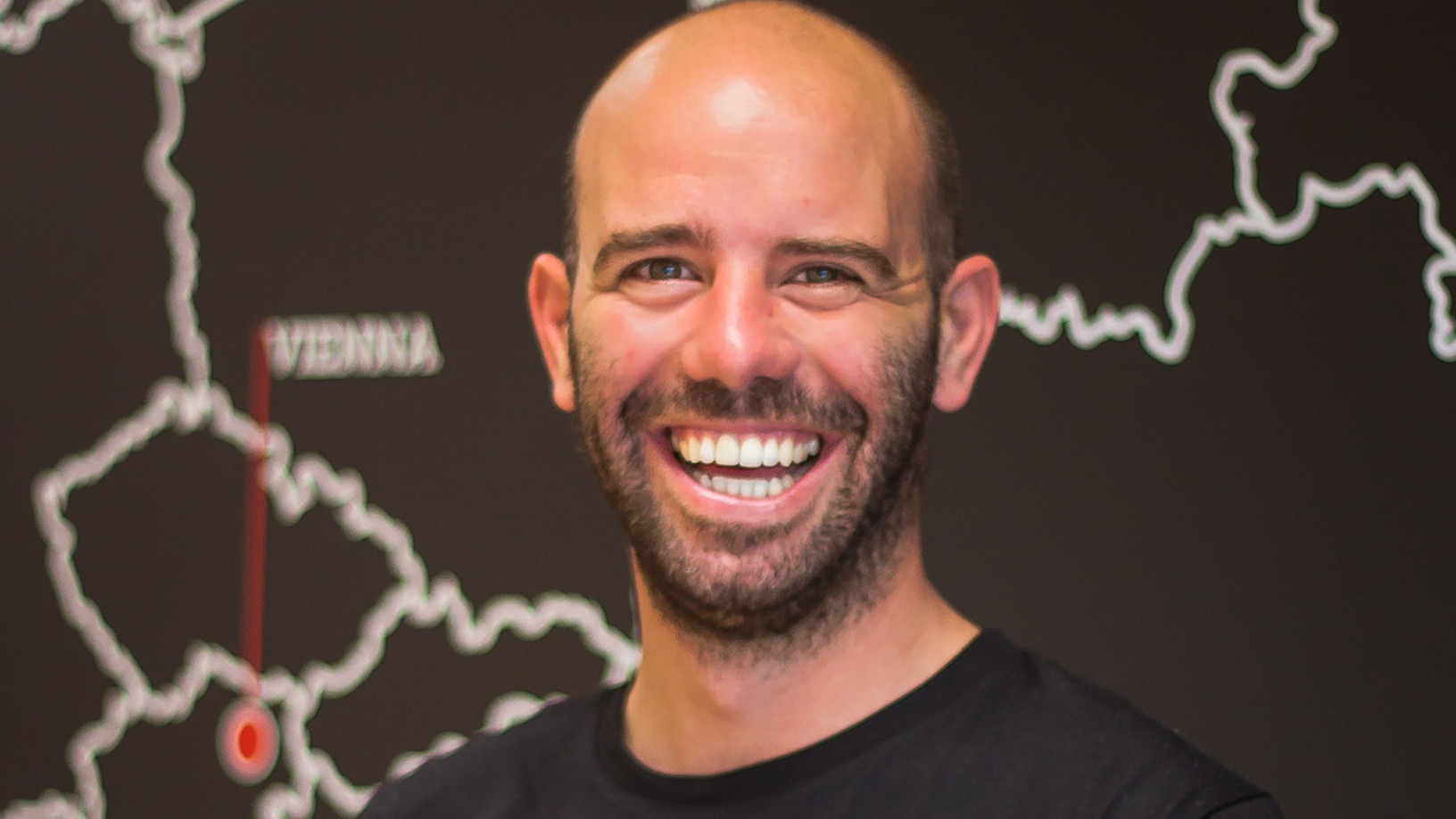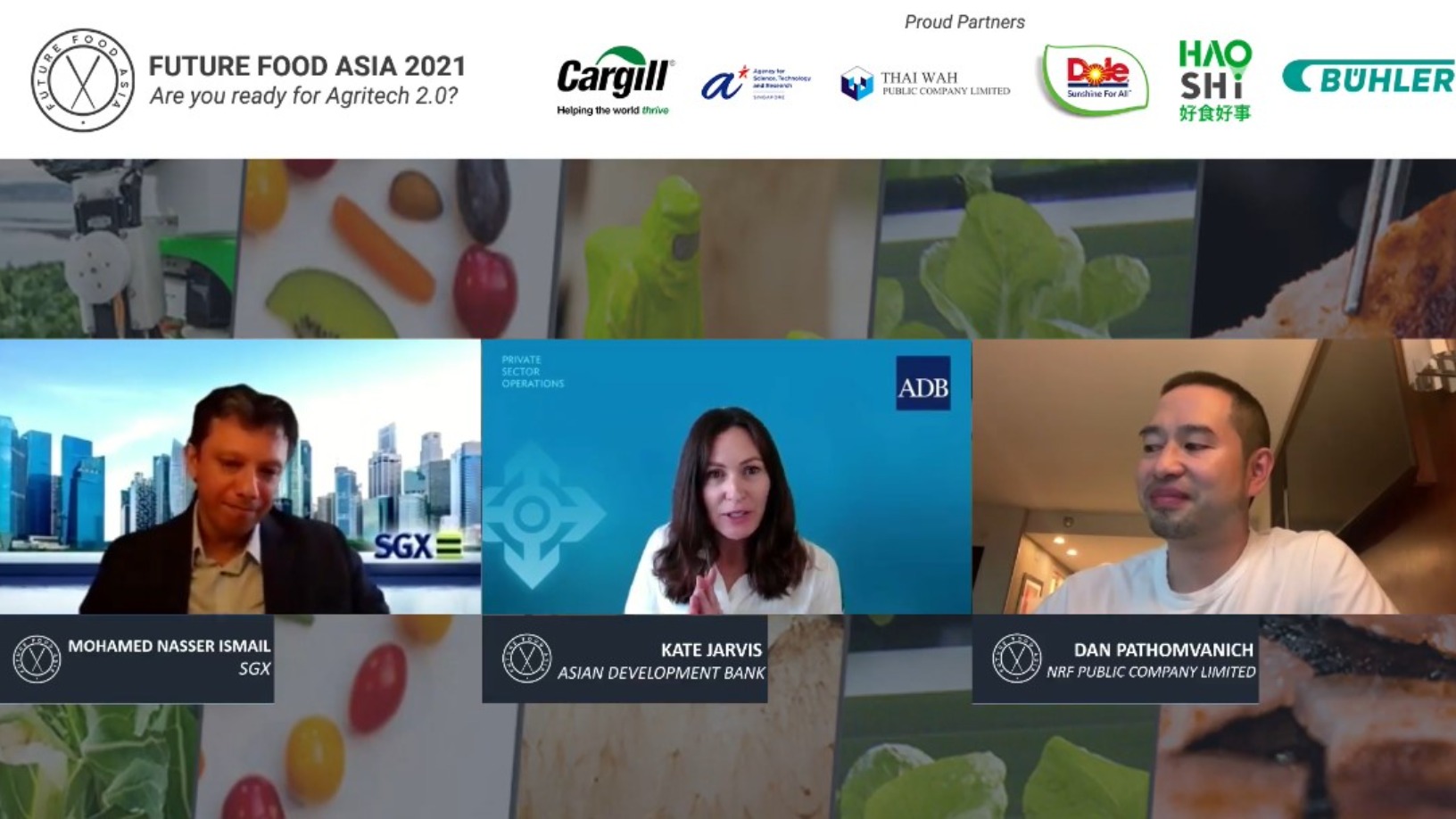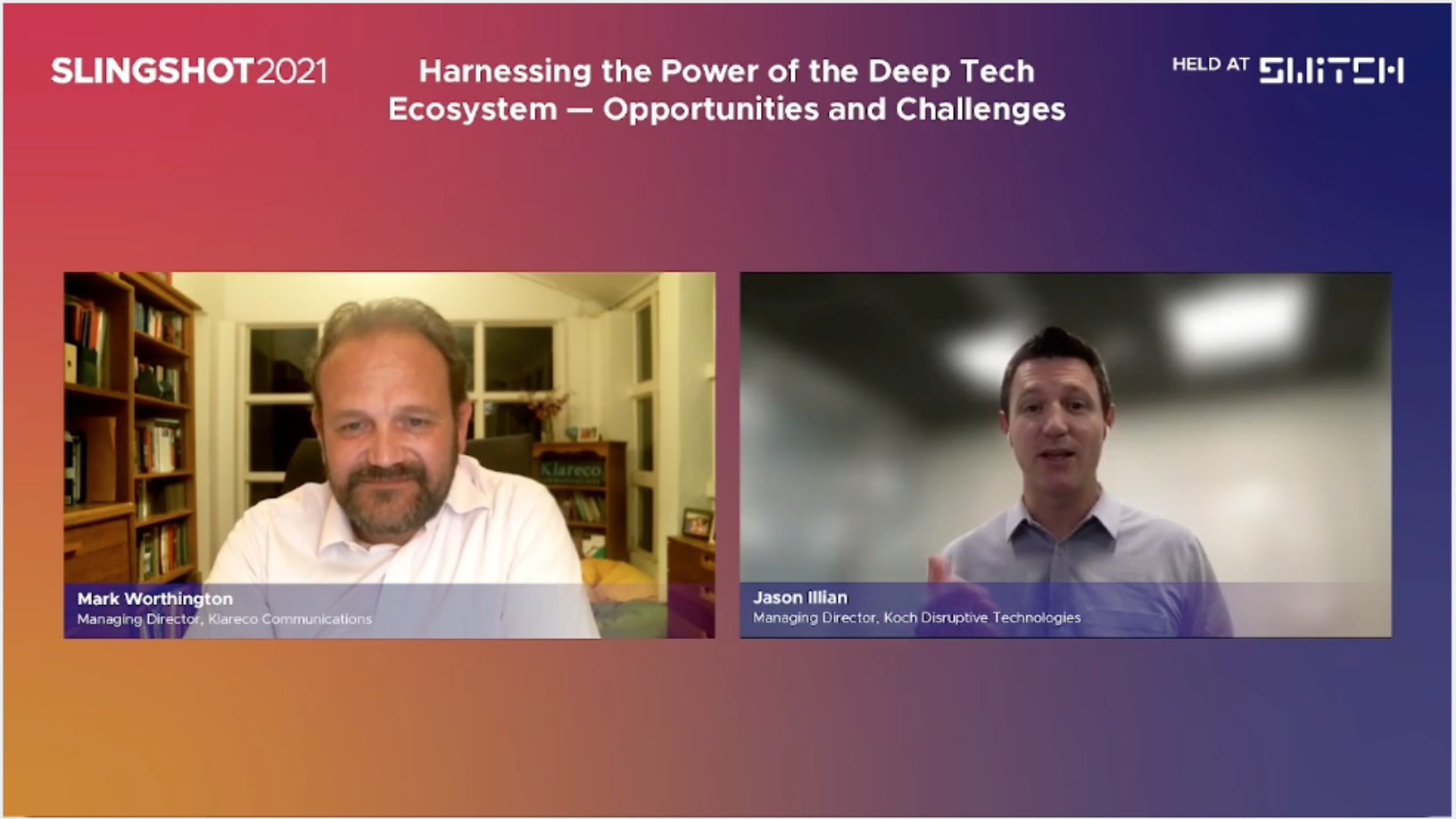At the Malaga Smart Agrifood Summit in Spain on September 30, CEO of SVG Ventures/THRIVE accelerator John Hartnett and CTO of Land O´Lakes Teddy Bekele got together to discuss the challenges and opportunities in diverse agrifood tech segments.
Hartnett, who is the founder of the Silicon Valley-based agrifood investment firm, also examined the digital transformation of the rural landscape with Bekele, who has worked at the US agribusiness and food company the past eight years.
The following discussion has been edited for length and clarity.
John Hartnett: Teddy, you're in a front-row seat to see the challenges and the technologies that are being adopted by farmers. Are you seeing any particular area or technology being adopted more than the others?
Teddy Bekele: I've been with Land O'Lakes for eight years, dealing with technology and agriculture; it's been an exciting time for agricultural technology and farmers are adopting it. They are the ultimate entrepreneur when it comes to making bets every year and every season. Depending on the crops they are planting and the decisions they're making, they could be around or they could be gone.
This aspect of betting is absolutely there because they're taking risks. However, at the same time, they are making so many choices, that they are extremely cautious. They’ll try a little bit and then see if it works, if so they’ll double down the year after, and if not they’ll back away from it. So, there’s been an evolution seeing how technology has come to agriculture.
The GPS positioning system used in tractors has been adopted for over 20 years; then people moved to soil sampling to understand the field and its composition. They test the soil, send tests to the lab to understand its composition, and make fertility adjustments accordingly. That has been very much used, and as they start to use more and more of these things on a regular basis, it has opened the door for more interesting technologies.
Farmers are the ultimate entrepreneur when it comes to making bets every season
What I'm seeing in adoption these days is also the digitization of the normal course of business, like paying bills or submitting orders online. Then obviously, the concept of managing risk, which involves farm plans and decision-making processes. E.g., what decisions are the best and how will these affect them downfield? There you can see how some of the newer and edgier technologies might come in help.
What do you think can be done to help producers adopt technology at a faster pace? What is Land O'Lakes doing to help to remove these barriers?
I would say the number one issue is that there are too many technologies out there, whereas farmers can only cope with some things at a time. There's therefore a clutter in the market to try to understand what's truly useful to farmers’ operations, and where it’s worth spending money. Does this make them more productive at the end of the day? Understanding this can be a challenge.
There are also interoperability issues, the minute you start using more than one system. These systems have to seamlessly work together. It's foolish to think farmers will be the ones stitching information together, they're not software technologists and it’s not the core of what they do.
There’s also a lack of automation. Farmers cannot be stuck working with computers and software programs, they have to be out there doing manual work because finding help for labor work can be another great challenge.
There are too many technologies out there, whereas farmers can only cope with some things at a time
Even the broadband aspect: using satellite imagery, or drone imagery is great, but to get the information to the cloud and back to a device can be troublesome. We've seen a lot of homes not connected, so that is a tremendous challenge.
Instead of putting fiber into a home, which implies digging into the ground, you can put an antenna on top of the green side or on a fertilizer plant to amplify the signal. When homes get connected, the fields can get connected too: it's not just about the home itself, it's also about the fields on which they operate.
From Land O'Lakes’s perspective, we're trying to tackle all these problems by establishing partnerships. We work with technology companies and other providers in the space, whether it's equipment manufacturers, seed manufacturers, or agritech companies, to bring automation into the fields, hence removing some labor challenges. The more we can automate tasks, the more time farmers have to make better decisions.
Looking into the future, give us a little bit of a sneak peek. What are you looking at in the next five years?
Automation is a big deal for where the future is going; the more you can automate some of those labor costs, the better off we are. Also spray technology, where you have a camera mounted on the piece of equipment providing information on diseases and type of weed in order to apply the right crop protection. Optimal decision-making in the field is absolutely critical, it's all about managing that risk, and reducing some of the variability in the unknown of the future.
The other piece is the connection of the supply chain: that's one of the benefits of being a CPG company. We are downstream, and there are more requirements from consumers and companies working with consumers to go upstream and gain more visibility and transparency in the supply chain. Some interesting yet futuristic things like blockchain are not quite there yet, but are coming, to facilitate transparency.
And then obviously, some of the basic things like broadband and basic fiber, we need it off right across the globe. Our partnership with Microsoft is actually focused on all these areas, to digitize the whole ecosystem.
Some interesting things like blockchain are not quite there yet, but are coming, to facilitate transparency
Another part is: how do we bring in more interesting technologies? Microsoft has launched a platform behind the scenes powering companies that want to build technologies on top of something that has been already developed. It allows businesses to sharpen up the tools with new capabilities like AI and edge computing, and bring it back to farmers by removing interoperability issues and market clutters, hence providing solutions that are easier to use and consume on a real-time basis.
A big area that we're hearing a lot right now is sustainability and climate change. What are you doing in that regard? In your opinion, how realistic is it for farmers to switch to green?
That's the biggest part indeed. We said farmers are entrepreneurs, but they are also environmentalists – it goes to the core of who they are. They want to be able to make an impact and make [their land] better than it was.
So, when I talk about an optimal decision on a field, three components come together to make it truly optimal. It has to be a sound agronomic decision, and you need to get the value out of that decision. It needs to be a profitable decision; you can’t operate a farm in the red. The third component that makes a decision optimal is the sustainability of such decisions: is it an environmentally sustainable decision?
That's where we launched the Tutera insights engine. It’s something we've been working on a lot with all our members. It gives them insights into all these aspects. It considers the environmental impact of their decisions on soil but also from a carbon standpoint.
With all the practices they might have in place and the type of crops they're putting into the ground, they can be carbon emitters or carbon sequesters. They have the possibility to actually take carbon out of the atmosphere, but they can also put in place other practices that destroy all that work, and therefore becoming carbon emitters.
Farmers are also environmentalists – it goes to the core of who they are
Nevertheless, if you show them the right practices and the right decisions to make, not only they can achieve net-zero emissions in their operations, but they can also help other carbon emitters to offset theirs. Moreover, this opens up another revenue stream for farmers.
So, some of the work we've been doing is to show them what a conventional practice looks like and what happens if they switch practices while achieving the same or better profitability and productivity with less environmental impact.
We're hearing a lot about major Covid-related kinds of supply chain disruptions. The big focus now is really around supply chain resiliency. How does that fit into the larger picture of everything else that you're doing today?
Absolutely, and it's hard to think before Covid, it was one of those shocks to the system right off the bat. People were getting Covid and not coming to work nor were they taking shipments. We had this supply chain set up to be constantly moving, to be lean and just-in-time, and all of a sudden things were getting backed up causing a lot of issues.
On the other hand, everybody was at home. So, on our CPG side, the wonderful news was that people rediscovered the love for baking and cooking. They were buying butter, teas and everything else, but we couldn't get these items to the store fast enough because the supply chain wasn't really responding as people were getting sick.
Then, we had hurricanes and ice storms coming through. There were also cyber security problems that shocked the entire system. The Suez Canal was a problem and the ports in Los Angeles couldn't take more ships creating a big backlog. When I talked to our Chief Supply Chain Officer, he said, “Hey, what's the next catastrophe that's going to happen?”
In the end, what Covid really showed was that supply chains had to move from such a lean and just-in-time mentality to resiliency: how much inventory should we have in case something happens and how do we optimize for that?
Technology has a big play on that: putting sensors into plants, knowing where things are at all times, having transparency between organizations, knowing where a truck is in real-time and when it’s going to show up. These are the types of things we're doing to build a resilient, adaptable and agile supply chain.
That's what people want ultimately because as soon as something happens, you need to have a plan B, C, D, E and F ready. You need to have backups and being able to make that shift very quickly.
